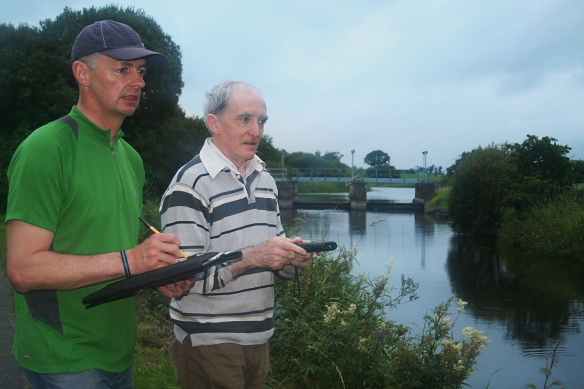Budget 2017’s Environment, Energy and Climate Action Measures
Recording breaking temperatures worldwide, devastating hurricanes like the recent one in Haiti, drought in the countries of Southern and Eastern Africa and rising sea levels on low-lying islands in the Pacific are all indicators of the impact of climate change. Ireland is one of the countries whose climate damaging emissions are among the highest per person in the world. It is debatable if the measures in Budget 2017 will have any significant impact on helping us reach our emissions reduction targets.
On the positive side the Budget had some welcome developments that will be implemented by Department of Communications, Climate Action and Environment. Among these is the plan to set up a ‘National Dialogue on Climate Change’. There were a number of other measures in the area of energy efficiency and the continuation of VRT relief on new electric vehicles. Further details are available in the press release at http://www.dccae.gov.ie.

Denis Naughten, Minister for Communications,
Climate Action and Environment.
THE CHALLENGE
The burning of coal, oil and peat for electricity generation is still is a big contributor to Ireland’s high emissions – Budget 2017 changes nothing on this score. Agriculture is also a huge emitter of damaging greenhouse gases. While funding was approved for new GLAS scheme (Green Low-Carbon Agri-Environment Scheme) – and this will have some positive environmental impact – there is not enough being done to deal with emissions from the beef and dairy sectors.
What was also missing from Budget 2017 was a focus on more support for public transport that would encourage people to make more use of trains and buses and less use of cars. The investment in public transport is not enough to make an adequate impact on emissions from transport. There was no mention of a move towards electrification of trains and urban buses or even more cycle ways.
Separate from the Budget we hear that the Government will delay Ireland’s ratification of the Paris Climate Agreement until negotiations on 2030 EU emissions targets from agriculture are concluded. Time will tell the extent to which we in Ireland will play our part in dealing with the greatest challenge ever facing humanity. The people of Haiti are suffering the effects of a hurricane Matthew – over a thousand deaths and houses and schools destroyed. Climate change will mean more frequent and more severe hurricanes. You can help provide some immediate support to the people of Haiti by donating to Concern’s Haiti Hurricane Appeal. See ‘Donate – Appeals’ at http://www.concern.net.
A link to the November noticeboard can be found by clicking here






 A Daubenton’s Bat in flight over a river
A Daubenton’s Bat in flight over a river
